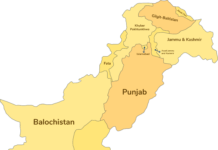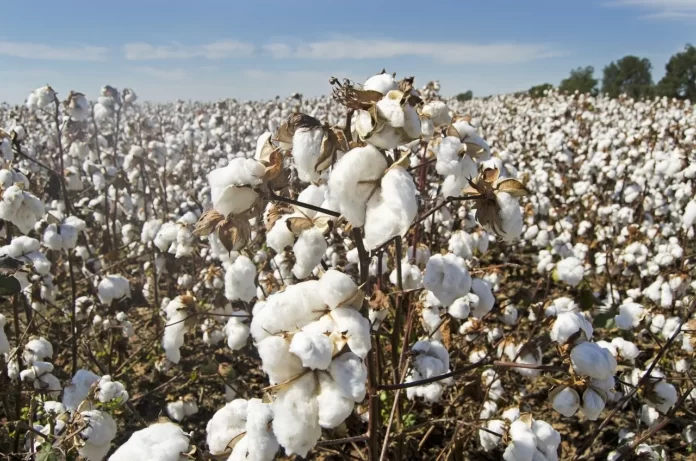Pakistan’s cotton bale arrivals at ginning factories have dropped to 593,821 bales for the period ending July 31, 2025, marking a significant decline of 29.66% compared to 844,257 bales last year, according to the latest data from the Pakistan Cotton Ginners’ Association (PCGA)
The decline is primarily attributed to a drop in cotton arrivals from Sindh, while Punjab saw a small increase in its cotton output, barely maintaining last year’s levels. Sindh alone accounted for most of the shortfall, with a 47.01% drop in arrivals, totaling 292,340 bales, a decrease of 259,362 bales compared to the previous year.
Punjab, however, experienced a 3.05% increase in cotton arrivals, reaching 301,481 bales. This increase, though modest, was driven by significant gains in several districts, including Dera Ghazi Khan, which saw a 218.76% rise in arrivals. Rajanpur and Jhang also reported increases of over 200%, helping to offset declines in other districts like Lodhran and Rahim Yar Khan, which experienced severe setbacks.
In contrast, the situation in Sindh was more troubling, with every reporting district experiencing a decline in cotton arrivals. Notably, Nawabshah and Mirpur Khas recorded the largest percentage drops, 77.53% and 59.93%, respectively. Sanghar, a major cotton-producing district, saw a decline of 44.18%, contributing to the national deficit.
The absence of cotton arrivals from districts like Naushero Feroze, Khairpur, and Sukkur worsened the overall situation in the province.
The total amount of cotton sold to textile mills this season was 529,154 bales, representing 89.1% of the total arrivals. This sharp decline in cotton arrivals, combined with low unsold stocks, indicates a serious supply-demand imbalance.
While Punjab’s performance provides some hope, the overall reduction in cotton output may lead to increased imports to meet textile industry demands in the coming months. Despite the decline in production, domestic cotton prices have not yet seen significant increases.
























